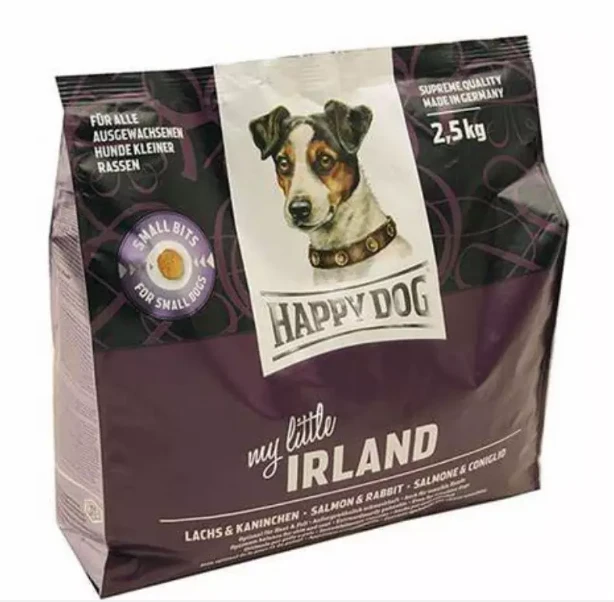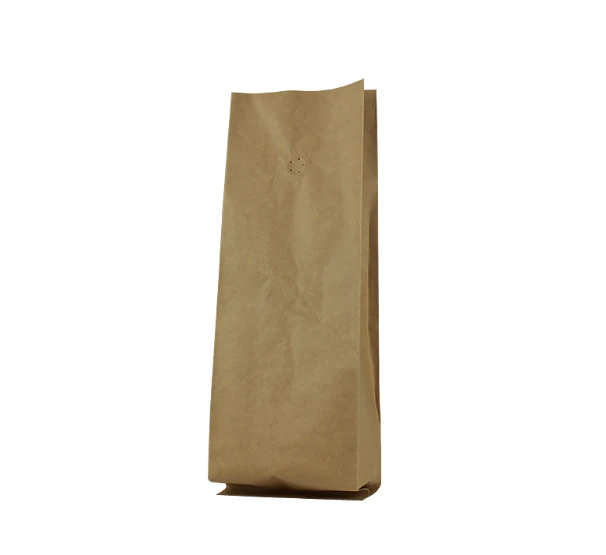- Afrikaans
- Albanian
- Amharic
- Arabic
- Armenian
- Azerbaijani
- Basque
- Belarusian
- Bengali
- Bosnian
- Bulgarian
- Catalan
- Cebuano
- chinese_simplified
- chinese_traditional
- Corsican
- Croatian
- Czech
- Danish
- Dutch
- English
- Esperanto
- Estonian
- Finnish
- French
- Frisian
- Galician
- Georgian
- German
- Greek
- Gujarati
- haitian_creole
- hausa
- hawaiian
- Hebrew
- Hindi
- Miao
- Hungarian
- Icelandic
- igbo
- Indonesian
- irish
- Italian
- Japanese
- Javanese
- Kannada
- kazakh
- Khmer
- Rwandese
- Korean
- Kurdish
- Kyrgyz
- Lao
- Latin
- Latvian
- Lithuanian
- Luxembourgish
- Macedonian
- Malgashi
- Malay
- Malayalam
- Maltese
- Maori
- Marathi
- Mongolian
- Myanmar
- Nepali
- Norwegian
- Norwegian
- Occitan
- Pashto
- Persian
- Polish
- Portuguese
- Punjabi
- Romanian
- Russian
- Samoan
- scottish-gaelic
- Serbian
- Sesotho
- Shona
- Sindhi
- Sinhala
- Slovak
- Slovenian
- Somali
- Spanish
- Sundanese
- Swahili
- Swedish
- Tagalog
- Tajik
- Tamil
- Tatar
- Telugu
- Thai
- Turkish
- Turkmen
- Ukrainian
- Urdu
- Uighur
- Uzbek
- Vietnamese
- Welsh
- Bantu
- Yiddish
- Yoruba
- Zulu
Exploring Innovative Ways to Pack and Store Eggs Efficiently
The Fascinating World of Egg Packing
Eggs are a staple in many diets around the world, valued for their versatility, nutrition, and flavor. Given their popularity, the packing of eggs plays a crucial role in ensuring they reach consumers in perfect condition. The process of egg packing is not just about placing eggs in cartons; it involves a systematic approach that emphasizes safety, sustainability, and efficiency. Let’s delve into the fascinating world of egg packing, exploring its importance, the methods used, and the innovative practices that are shaping the industry.
The Importance of Egg Packing
Egg packing serves multiple purposes. First and foremost, it protects the delicate eggs from physical damage during transport and handling. Eggs are fragile and can easily crack if not packed properly. Effective packing reduces the risk of breakage, ensuring that consumers receive intact products.
Additionally, egg packing is vital for hygiene and food safety. Clean, well-packaged eggs help prevent contamination from bacteria, such as Salmonella, which can pose serious health risks. Proper packing also includes labeling that provides important information, such as the expiration date, nutritional information, and storage instructions.
Moreover, the aesthetics of egg packaging can influence consumer choice
. Attractive, well-designed cartons can enhance a brand’s visibility on the grocery shelf and encourage purchases. Packaging design has evolved to reflect current trends, including eco-friendliness and transparency regarding sourcing.Methods of Egg Packing
There are various methods of packing eggs, and the choice largely depends on the scale of production and distribution. The most common types of egg cartons include
1. Paper Cartons Made from recycled paper, these cartons are lightweight, biodegradable, and popular among environmentally conscious consumers. They offer a good level of protection and are easy to stack and transport.
egg pack

2. Plastic Cartons These are durable and can offer better protection against breakage than paper cartons. They are often transparent, allowing consumers to see the eggs inside, which can be a selling point.
3. Foam Packaging Foam egg trays provide excellent cushioning and are often used for bulk shipments. They can also be recyclable, appealing to sustainability-focused markets.
4. Innovative Packaging Some companies are experimenting with biodegradable materials made from natural fibers or using advanced technologies that keep eggs fresh for longer periods.
Regardless of the type of packaging, packing lines in commercial egg production facilities are designed for efficiency. Automated systems can sort, wash, and pack thousands of eggs per hour to meet consumer demand. This automation not only speeds up the process but also minimizes human contact, further enhancing food safety.
Sustainable Practices in Egg Packing
With increasing awareness of environmental issues, the egg packing industry is also embracing sustainability. Many producers are adopting eco-friendly materials for their cartons, such as those made from recycled paper or plant-based materials. The push towards reducing plastic waste has led to innovations that prioritize reusability and recyclability.
Additionally, some companies are implementing energy-efficient practices in their packing processes. This includes using renewable energy sources and optimizing logistics to reduce their carbon footprint during transportation. By adopting such measures, the egg packing industry is working to create a more sustainable future while still meeting the needs of consumers.
Conclusion
In conclusion, egg packing is an essential aspect of the egg production and distribution process, impacting everything from food safety to consumer appeal. With a focus on efficiency, sustainability, and innovation, the industry is evolving to meet modern challenges while continuing to provide a beloved dietary staple. As consumers become more conscious of the origins and environmental impact of their food choices, the importance of responsible egg packing will only grow. Whether it’s through eco-friendly materials or advanced packing techniques, the world of egg packing is both fascinating and vital in our everyday lives.













